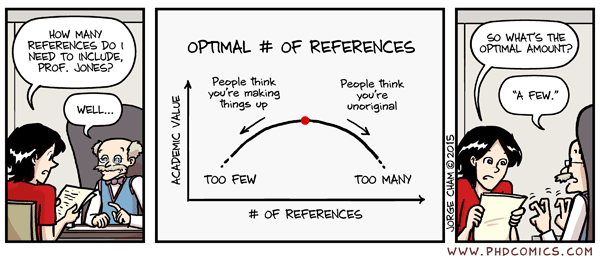00:00 - 17:0017:00 - 23:00
user174558
user174558
user174558
user174558
user174558
user174558
user174558
user174558
user174558
user174558
user174558
user174558
user174558
user174558
user174558
user174558
user174558
user174558
user174558
user174558
user174558
user174558
user174558
user174558
user174558
user174558
00:00 - 17:0017:00 - 23:00




